What we did:
Developing the NPD process at Good Life Inc. – Going ‘Faster, Smarter, Better.’
We’ve all heard the cliché “Work smarter, not harder”. But what does that exactly mean from a business perspective?
Good Life, Inc. exists to create unique and innovative products. They are constantly testing new ideas and solutions for the everyday needs of families. They are passionate about bringing families and their pets closer together, and it shows in each and every product they design.
When they approached us about their New Product Development (NPD) process, they were struggling to get products to market quickly and frequently enough. Getting products from concept to launch lacked discipline, visibility and therefore couldn’t be managed effectively. It was time to take a step back, regroup and look at the process.
As fellow animal lovers, we wanted a company who is passionate about creating safe and innovative products for pets to thrive. However, the elephant in the room was that the process wasn’t well-managed. Our team observed that the biggest issue was there was no process documentation. Like a domino effect, it created a host for more problems. When executing a process, the results were not consistently provided for the next process. We discovered that team members became lost in the timeline. When asked how long it took to develop web copy for a new product, the response was three days or less. The reality was it was two weeks or more. The information needed to develop the web copy was delivered in pieces over a span of time. As a result, the inconsistency created havoc and demanded a need for a process model.
Our first step was to meet with process stakeholders (management, owners, staff responsible for performing the process) and modelled each process first creating a SIPOC (supplier-input-output-customer) diagram. Once we had an SIPOC for each process, we began developing a flowchart of the As-Is process. The flowchart became the focus of developing the To-Be as questions we discussed the current process. As we discussed ‘how’ we begin to discuss ‘why’ we do it ‘this’ way and ‘what-if’. There was already a tool for project management of new products but tasks in the PM tool did not have due dates and were not directly connected to upstream or downstream dependencies. Templates were created that listed ‘standard’ NPD process tasks and when applied to a new product project both dates and dependencies were assigned. Standard weekly meetings were established to review projects in process and new product ideas. New product ideation was made into a formal process with added processes for Business Case development and review and approval.
Once these series of process steps had been implemented and our work was done, we could sit back and watch Good Life evolved into the company that it was designed to be. A company who created innovative products for a better life for pets and humans.
About the Client
Established in 2002 by Jason Alexander Good Life Inc. is privately owned Ecommerce company based in Medford Oregon. Product focus:
- Humane animal control – bark controllers
- Environmentally safe pest repellers
- Pet accessories – doors, carriers, fences, toys
All company functions are based in Medford (Marketing, IT, Customer Service, Distribution, etc.) principal suppliers are China based.
How We Helped
Talked with staff and management about all the steps that went into launching a new product. What we did together;
- Defined how processes currently worked
- Talked through how they should work
- Added new processes such as a formal Social Media announcement of new products
- Managed project to create processes documentation for every process step in NPD
- Educated staff on formal project management creating an Excel based tool for laying out a time-phased schedule with lead times per process = subsequently migrated to MS Project
Created SIPOC model
- the inputs into each process
- where they came from
- the key process steps
- the process output
- who were the user(s) of that output (the customer) which in most cases was the next process downstream
Created the What If:
What if Product Development collected and formatted the new product information in a single document and provided that to the web page development team?
The marketing manager developed a Product Knowledge Template, which provided the information needed to develop web copy and was a reference document for Customer Service in training call center staff in new product functionality and application.
What if new product samples were provided for a photo shoot as soon as the samples were accepted?
What if SKU assignment and pricing was set for a new product once Product Development sent out notification of acceptance? Both items used in setting up ecommerce and web page development.
What if – the final steps of every process were:
Formal notification to the ‘customers’ of a process that it was completed and output was available
Output from each process had a specific location that became part of process documentation – so when process owners were informed that a ‘supplier’ process had completed they knew where to go get what they needed

Challenges:
- No formal project management
- Little or no process documentation
- No consequences when dates were missed
- Information, documents, and files for new products did not have standard central locations accessible to all stakeholders
- Flow of information from process to process was almost exclusively e-mail and not tied to a formal plan with dates and dependencies

Results:
- The As-Is process had 14 processes identified
- The To-Be process has 34 processes
- Moving ahead with a new product is a business analysis process with market research and ROI expectations
- New product development is now visible and predictable
- Average NPD project lead time went from six to seven months to four to five months
Doing Business Better
You strive for excellence, believe in your people, and want to do things right the first time. And you know that you need help to get to the heart of your business challenges and make the best choices for the future of your privately held manufacturing and distribution company. That’s where we come in.
We help you focus and find exactly the right path to accelerated growth and sustainable success — from your people to your processes to your ERP software.
